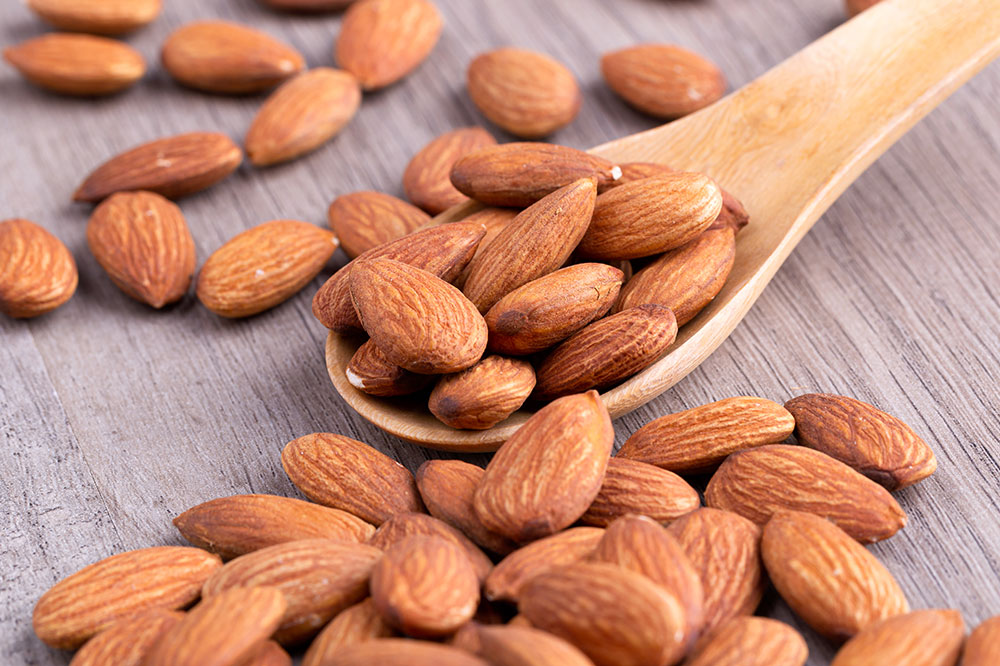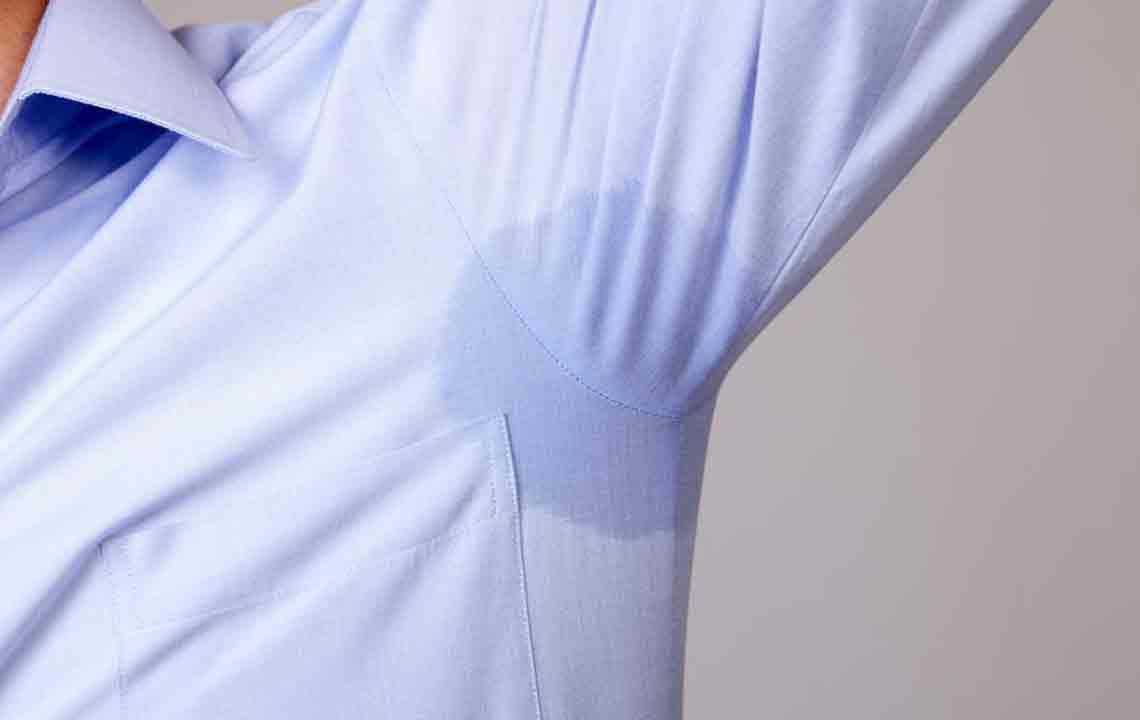Understanding Excessive Perspiration and Its Possible Underlying Conditions
Excessive sweating, known as hyperhidrosis, can signal underlying health issues like thyroid problems, infections, or medication side effects. Recognizing symptoms early and consulting a healthcare professional can improve management. Treatments include antiperspirants, iontophoresis, medications, Botox, and surgery. Understanding the types and causes of hyperhidrosis aids in effective diagnosis and treatment, enhancing quality of life.

Understanding Excessive Perspiration and Its Possible Underlying Conditions
Excessive Sweating – Indicators of Hidden Medical Issues
In today's sedentary lifestyle, lifestyle-related health problems are widespread. Recognizing specific symptoms can help diagnose conditions early. Excessive sweating is one such sign that may indicate an underlying health issue. While regular sweating helps regulate body temperature, some individuals experience unusually high sweating without physical exertion or fever. This could be linked to genetic factors or other health concerns.
Many causes behind excessive sweating necessitate medical consultation, as distinguishing between normal and abnormal sweating is difficult without professional help. Most often, hyperhidrosis is harmless, but consulting a healthcare provider is advisable if symptoms persist.
If you or someone close experiences this condition, here are important details to understand:
What is Excessive Sweating?
Excessive sweating, or hyperhidrosis, can occur spontaneously without triggers. It might also result from other medical issues, affecting daily life significantly.
Approximately 5% of Americans experience hyperhidrosis, which can be managed effectively with medical guidance. Treating the condition promptly can provide relief and improve quality of life.
Types of Excessive Sweating
Primary Focal Hyperhidrosis: Typically affecting hands, feet, face, or underarms, this form begins in childhood. A family history is common in 30-40% of cases.
Secondary Generalized Hyperhidrosis: This form affects the entire body and is often linked to medications or other health issues, occurring even during sleep.
Common Causes of Excessive Sweating
Hyperthyroidism: An overactive thyroid speeds up body processes, leading to increased sweating.
Cancer: Certain cancers, including lymphoma, leukemia, liver, or bone cancers, can cause excessive sweating.
Medications: Drugs such as antidepressants, blood pressure medications, and antibiotics may induce sweating as a side effect.
Menopause: Hot flashes are common among menopausal women, resulting in episodes of heavy sweating.
Psychological Factors: High stress, anxiety, or emotional distress can trigger persistent sweating in some individuals.
Identifying Symptoms
Persistent excessive sweating for over six months without apparent reason.
Symmetrical sweating on both sides of the body.
Night sweating during sleep.
Family history of hyperhidrosis.
Unexplained sweating in young individuals during no physical activity.
Localized sweating without identifiable cause.
Diagnosis Methods
Starch-iodine Test: Detects sweat by turning dark blue when sweat interacts with iodine and starch.
Paper Test: Absorbent paper measures sweat amount by weight before and after contact.
Thermoregulatory Test: Uses special powder that changes color when moisture is present in test areas.
Available Treatments
Once the cause is diagnosed, doctors may recommend treatments such as:
Antiperspirants with aluminum chloride for mild cases.
Iontophoresis: Low electrical currents temporarily block sweat glands.
Anticholinergic Medications: Reduce sweat production by inhibiting chemical signals.
Botox Injections: Effective for severe cases, requiring multiple sessions.
Surgical Options: Removal of sweat glands, particularly for localized axillary hyperhidrosis.
Always consult a healthcare professional before starting any medication or procedure for excessive sweating.










